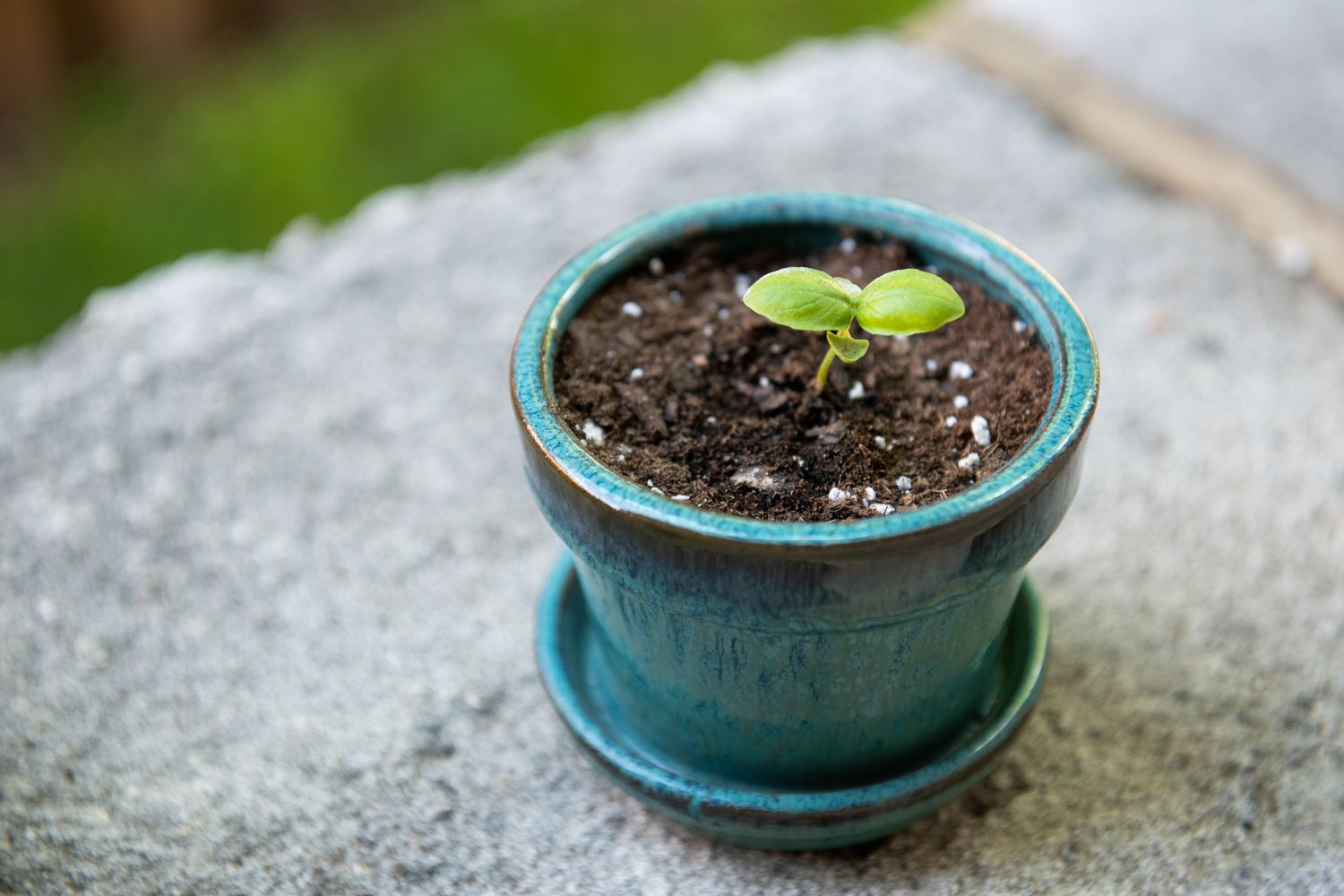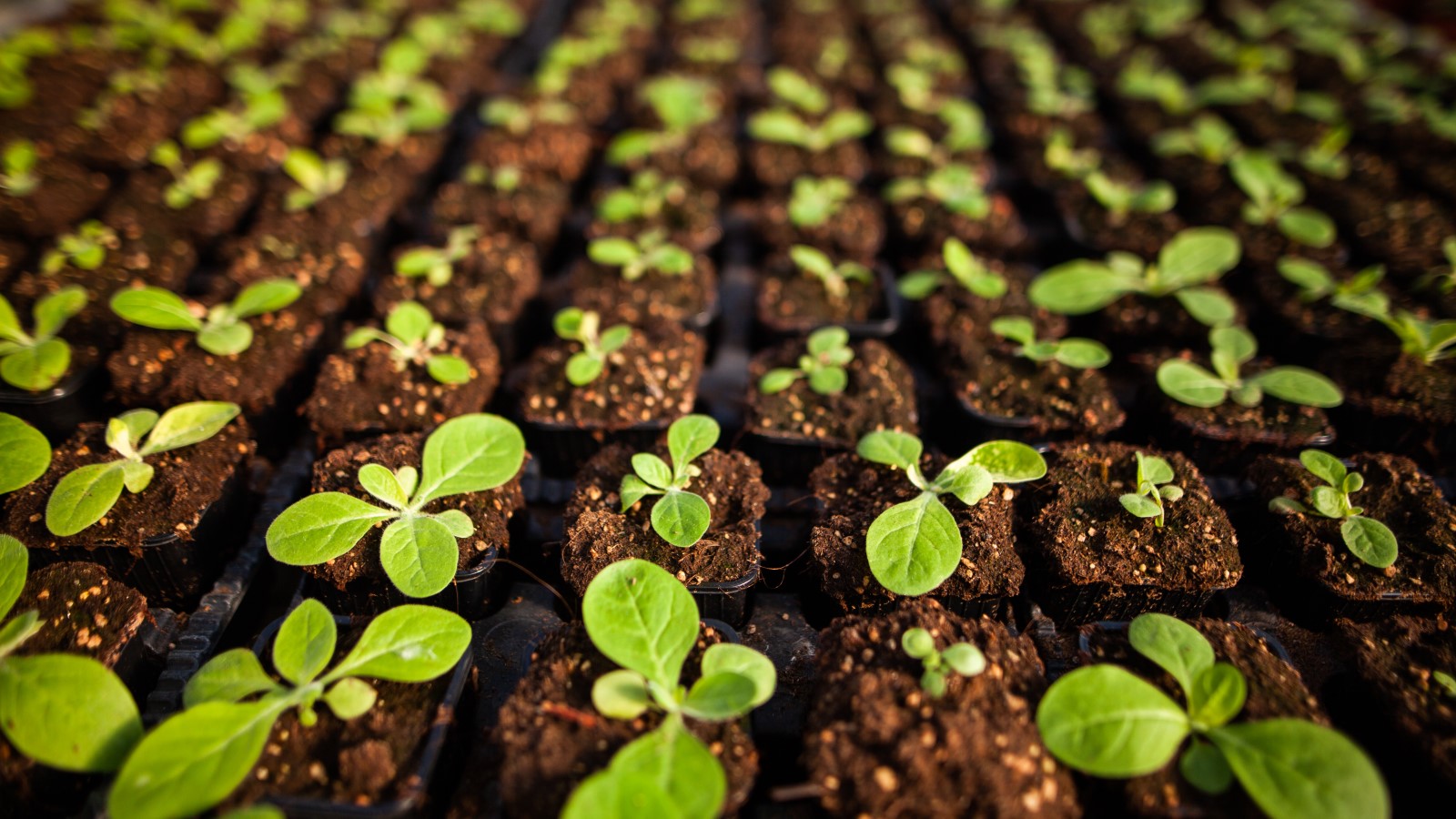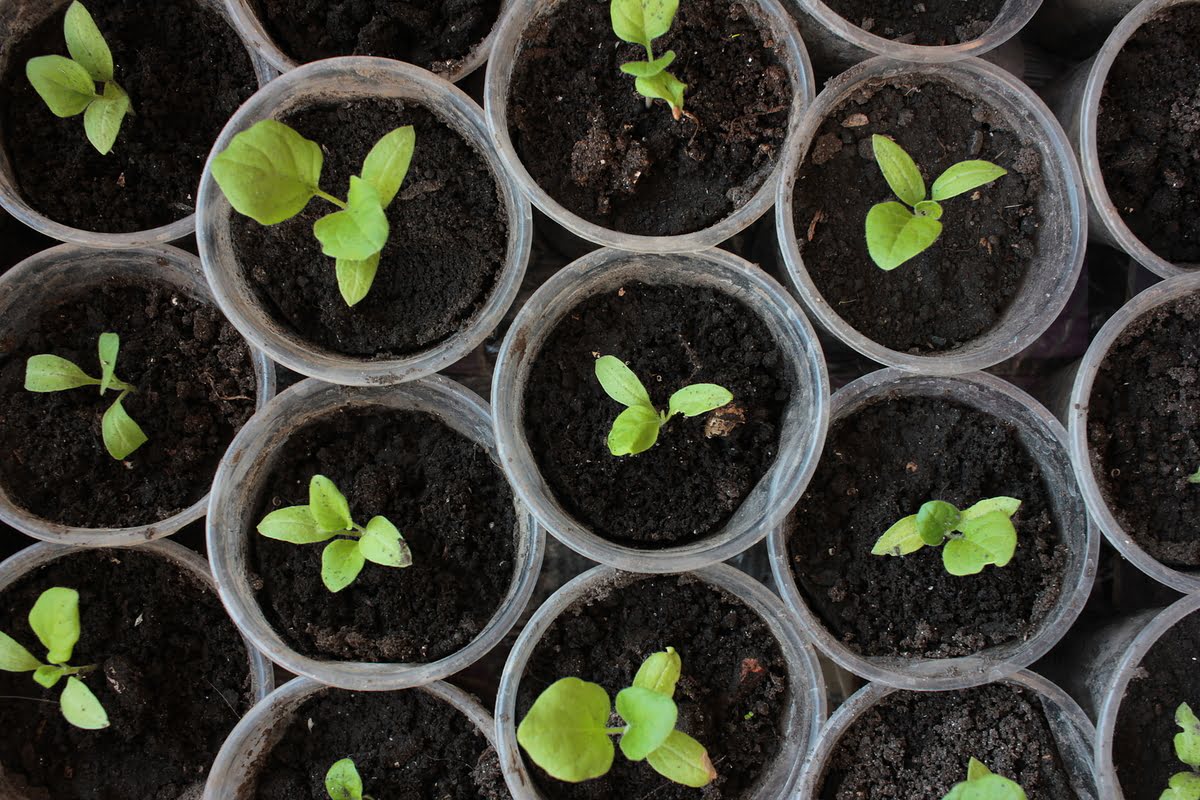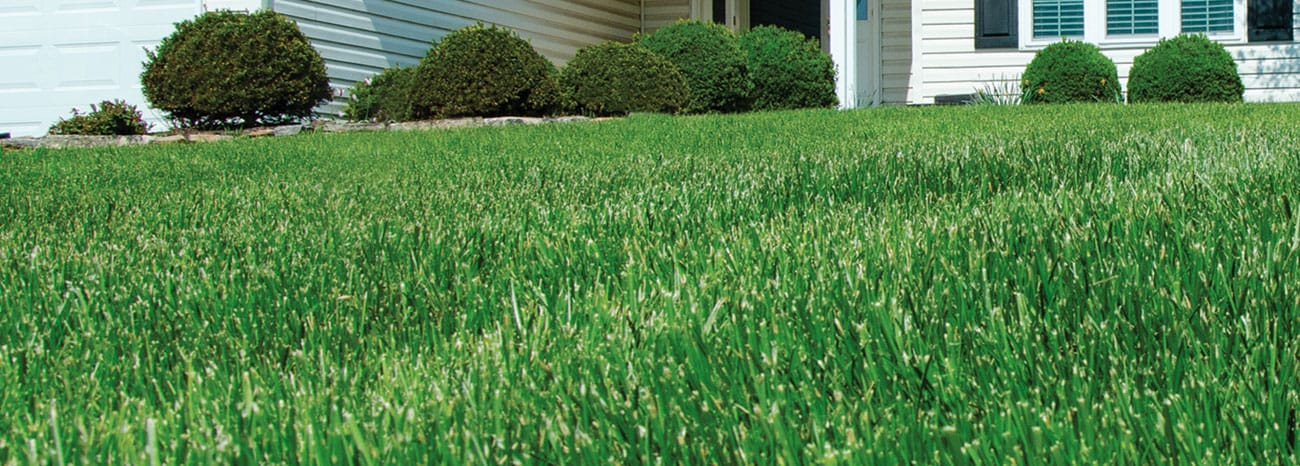Home>Gardening Techniques>When To Put Seedlings In Unheated Greenhouse
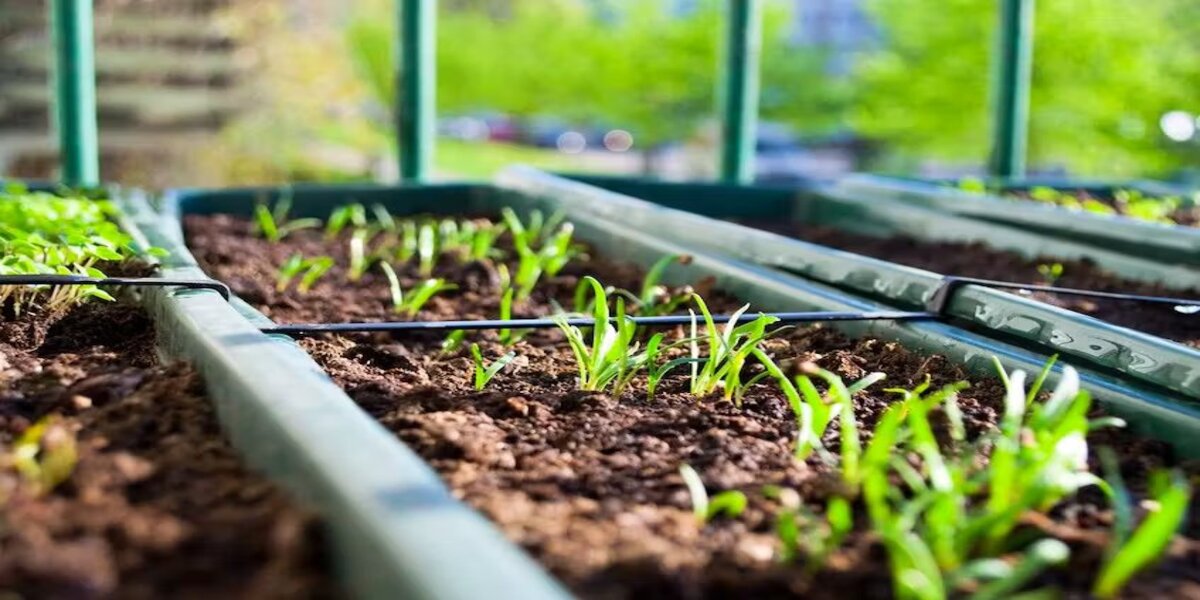

Gardening Techniques
When To Put Seedlings In Unheated Greenhouse
Modified: January 22, 2024
Learn when and how to put your seedlings in an unheated greenhouse for optimal seasonal gardening.
(Many of the links in this article redirect to a specific reviewed product. Your purchase of these products through affiliate links helps to generate commission for Chicagolandgardening.com, at no extra cost. Learn more)
Table of Contents
- Introduction
- Benefits of using an unheated greenhouse for seedlings
- Factors to consider before putting seedlings in an unheated greenhouse
- Determining the right time to transfer seedlings
- Steps for successfully putting seedlings in an unheated greenhouse
- Monitoring and managing temperature fluctuations
- Common challenges and how to overcome them
- Conclusion
Introduction
Welcome to the world of seasonal gardening! As a gardener, you know that timing is everything when it comes to nurturing and growing your beloved plants. One important aspect of successful gardening is knowing when and how to place your seedlings in an unheated greenhouse. An unheated greenhouse can provide a controlled environment for your plants, protecting them from the whims of unpredictable weather and extending your growing season.
In this article, we will explore the benefits of using an unheated greenhouse for your seedlings, discuss the factors to consider before putting them in, and provide you with step-by-step guidance on how to do it successfully. Whether you are a seasoned gardener seeking to expand your knowledge or a beginner eager to try your hand at greenhouse gardening, we have you covered.
By utilizing an unheated greenhouse, you can take advantage of the natural sunlight and insulation the structure provides. This creates a stable microclimate, shielding your delicate seedlings from cold temperatures, frost, and harsh winds. Furthermore, an unheated greenhouse allows you to start your gardening season earlier and prolong it into the fall, giving you a wider range of plants to grow and enjoy.
However, it’s important to note that placing seedlings in an unheated greenhouse requires careful consideration and planning. Factors such as the specific types of plants, local climate conditions, and the maturity of your seedlings must be taken into account before making the move. Throughout this article, we will provide you with valuable insights and practical tips to ensure a successful transition for your seedlings.
So, whether you are planning to grow vibrant flowers, luscious vegetables, or aromatic herbs, it’s time to dive into the world of unheated greenhouse gardening. Let’s explore the benefits, considerations, and techniques that will help your seedlings thrive in a controlled and protected environment.
Benefits of using an unheated greenhouse for seedlings
An unheated greenhouse offers numerous advantages for cultivating seedlings, making it a valuable asset for any gardener. Let’s take a closer look at the benefits:
- Extended growing season: With an unheated greenhouse, you can start your gardening season earlier and continue it later into the fall. This allows you to grow a wider variety of plants, including those that require a longer growing period.
- Frost protection: One of the major benefits of an unheated greenhouse is its ability to protect seedlings from damaging frosts. The greenhouse provides insulation, preventing sudden drops in temperature and protecting young plants from frost-related injuries.
- Temperature regulation: The greenhouse environment helps to stabilize and regulate temperature fluctuations, providing a more consistent and ideal growing environment for your seedlings. This can result in stronger and healthier plants.
- Protection from pests and diseases: An unheated greenhouse acts as a protective barrier against common garden pests and diseases. By keeping your seedlings enclosed, you can significantly reduce the risk of them being attacked and damaged by insects, rodents, and other pests.
- Improved plant insulation: The greenhouse structure acts as a shield, protecting your seedlings from harsh winds, heavy rains, and extreme weather conditions. This insulation creates a more favorable environment for growth and development.
- Increased sunlight exposure: The transparent walls and roof of the greenhouse allow for maximum sunlight penetration, ensuring that your seedlings receive ample natural light. This direct sunlight promotes photosynthesis, leading to stronger and more vibrant plants.
- Reduced water requirements: An unheated greenhouse can help conserve water by reducing evaporation. The enclosed space minimizes the loss of moisture, allowing you to water your seedlings less frequently while ensuring they remain adequately hydrated.
By utilizing an unheated greenhouse for your seedlings, you can harness these benefits and create an optimal growing environment. Not only will this enhance the success of your gardening endeavors, but it will also provide you with the satisfaction of seeing your plants flourish under controlled and protected conditions.
Factors to consider before putting seedlings in an unheated greenhouse
Before transferring your seedlings to an unheated greenhouse, it’s crucial to consider a few important factors. These considerations will help ensure the success and well-being of your plants. Let’s explore these factors:
- Plant maturity: The maturity of your seedlings is a key factor to consider. Seedlings need to be well-established and have developed a strong root system before being moved to the greenhouse. Transferring immature seedlings may result in setbacks to their growth and overall health.
- Local climate conditions: Understanding your local climate is essential as it will impact the temperature and weather patterns your seedlings will experience in the unheated greenhouse. Consider the average last frost date in your area and ensure it has passed before making the transfer.
- Plant hardiness: Different plant species have varying levels of tolerance to cold temperatures. Research the specific hardiness zone of your seedlings to determine their ability to withstand low temperatures without additional heating.
- Seasonal adjustments: Gradual acclimatization is crucial for seedlings before placing them in an unheated greenhouse. Start by exposing them to the outdoor environment for short periods each day, gradually increasing the time over several days. This helps them adjust to the temperature changes they will experience in the greenhouse.
- Ventilation and airflow: Proper ventilation is important to prevent excessive heat buildup and maintain a healthy growing environment. Ensure your unheated greenhouse is equipped with vents or windows that can be opened to allow for adequate airflow.
- Watering and irrigation: Consider your watering and irrigation practices when moving seedlings to an unheated greenhouse. The reduced evaporation inside the greenhouse may affect your watering schedule, so monitor the moisture levels of the soil closely and adjust your watering accordingly.
- Pest control: While an unheated greenhouse provides protection from some pests, it’s important to remain vigilant. Inspect your seedlings regularly for signs of pests and be prepared to take appropriate measures if an infestation occurs.
By carefully considering these factors, you can ensure that your seedlings are ready and well-positioned to thrive in the unheated greenhouse environment. Taking the time to assess these considerations will help prevent setbacks and maximize the success of your gardening efforts.
Determining the right time to transfer seedlings
Timing is crucial when it comes to transferring seedlings to an unheated greenhouse. You want to ensure that your plants are strong and resilient enough to withstand the conditions inside the greenhouse. Here are a few factors to consider when determining the right time to make the transfer:
- Hardening off period: Before moving seedlings to an unheated greenhouse, they need to go through a hardening off period. This involves gradually exposing them to outdoor conditions to strengthen their tolerance to temperature fluctuations and wind. Aim for a hardening off period of 7 to 10 days before the transfer.
- Last frost date: Identify the average date of the last frost in your region. Transferring seedlings to an unheated greenhouse too early could expose them to potential frost damage, so be sure to wait until the danger of frost has passed.
- Plant size and maturity: The size and maturity of your seedlings play a crucial role in determining the right time for transfer. Ensure that the plants have developed a strong root system and have a minimum of 2 to 4 true leaves before moving them to the greenhouse.
- Outdoor temperature: Keep an eye on the outdoor temperature trends. It’s best to wait for consistently warmer temperatures before making the transfer. This will help prevent stress and shock to the seedlings.
- Growth stage: Consider the growth stage of your seedlings. If they are still in the early stages of growth, it may be better to wait before moving them. Larger and more established seedlings tend to have a higher chance of surviving the transfer.
- Weather forecast: Check the weather forecast for the upcoming days after the transfer. Avoid transferring your seedlings if there are extreme weather conditions predicted, such as strong winds, excessive heat, or heavy rains.
By taking these factors into account, you can determine the optimal time to transfer your seedlings to the unheated greenhouse. Remember, it’s better to wait a little longer to ensure the conditions are favorable than to rush the process and risk damaging your plants. Taking a patient and cautious approach will lead to healthier and more resilient seedlings in the long run.
Steps for successfully putting seedlings in an unheated greenhouse
Transferring your seedlings to an unheated greenhouse requires careful planning and proper execution. Follow these steps to ensure a successful transition:
- Prepare the greenhouse: Before moving your seedlings, ensure that the unheated greenhouse is clean, organized, and structurally sound. Remove any debris, sanitize the surfaces, and repair any damages to create a healthy and safe environment for your plants.
- Choose the right location: Select a location in the greenhouse that receives maximum sunlight exposure. This will help provide the seedlings with optimal light for growth. Consider utilizing benches, shelves, or tables to maximize space and improve air circulation.
- Acclimate the seedlings: Gradually introduce the seedlings to the new greenhouse environment. Start by placing them in the greenhouse for a few hours a day, gradually increasing the time over the course of a week. This will help them adjust to the temperature and light levels inside the greenhouse.
- Prepare the soil: Ensure that the soil in the greenhouse is well-draining and rich in nutrients. Use a high-quality potting mix or prepare a blend of compost, perlite, and vermiculite. This will provide the seedlings with the necessary nutrients and help promote healthy root development.
- Transplant the seedlings: Carefully remove the seedlings from their current containers, being gentle to avoid damaging the roots. Dig a small hole in the prepared soil, place the seedling in the hole, and gently backfill with soil. Water thoroughly after transplanting to settle the soil and hydrate the seedlings.
- Provide adequate support: Some seedlings may require support as they grow. Use stakes, trellises, or plant ties to provide support and prevent damage caused by wind or heavy foliage.
- Monitor temperature and humidity: Regularly monitor the temperature and humidity levels inside the greenhouse. Install a thermometer and a hygrometer to accurately measure these conditions. Aim for a temperature range of 60-85°F (15-29°C) during the day and slightly cooler at night.
- Adjust watering and fertilization: Pay attention to the watering needs of the seedlings. Avoid overwatering, as the reduced evaporation inside the greenhouse may lead to waterlogged soil. Adjust your watering schedule to ensure the soil remains evenly moist but not saturated. Additionally, provide regular fertilization as needed to promote healthy growth.
- Maintain ventilation: Proper airflow is crucial in an unheated greenhouse. Open vents or windows during the day to allow for fresh air circulation. However, be mindful of strong winds that could damage or disturb the seedlings.
- Protect from pests: Although the greenhouse provides some protection from pests, remain vigilant. Inspect your seedlings regularly for signs of pests and take appropriate measures if an infestation occurs. Use natural pest control methods or introduce beneficial insects to keep pests at bay.
By following these steps, you can ensure a smooth and successful transition for your seedlings into the unheated greenhouse. Remember to provide proper care, monitor the environment, and make necessary adjustments to create an ideal growing space for your plants.
Monitoring and managing temperature fluctuations
Monitoring and managing temperature fluctuations is crucial for the health and growth of your seedlings in an unheated greenhouse. Here are some key tips to help you maintain optimal temperature conditions:
- Install a thermometer: Place a reliable thermometer inside the greenhouse to monitor the temperature accurately. This will help you make informed decisions about managing the environment.
- Know the temperature requirements: Different plants have different temperature requirements. Research the specific temperature needs of your seedlings and aim to maintain the ideal range for their growth and development.
- Use shading materials: During hot sunny days, excessive heat buildup inside the greenhouse can damage seedlings. Use shade cloths or blinds to provide shade and reduce the intensity of sunlight, preventing overheating.
- Utilize natural ventilation: Ensure that the greenhouse has proper ventilation to allow for air circulation. Open vents, windows, or doors during the day to release hot air and bring in fresh cooler air. Be cautious of strong winds that may damage the seedlings.
- Use insulation during cold nights: On colder nights, provide insulation to keep the heat inside the greenhouse. Use insulating materials such as bubble wrap or horticultural fleece to cover seedlings or line the walls of the greenhouse.
- Employ passive heating techniques: Utilize passive heating techniques to increase the temperature inside the greenhouse. Place heat-absorbing materials such as water-filled containers or dark-colored bricks inside the greenhouse. These materials will absorb heat during the day and release it at night, keeping the temperature stable.
- Consider supplemental heating: In extreme cold situations, you may need to consider supplemental heating methods. Electric heaters, heat mats, or even simple incandescent bulbs can provide the necessary warmth to protect your seedlings.
- Monitor soil temperature: Keep a check on the temperature of the soil as it directly affects the root health and growth of your seedlings. Use a soil thermometer to ensure that the soil temperature remains within the appropriate range for the specific plants.
- Employ temperature buffers: Use thermal mass materials like water barrels or rocks to act as temperature buffers inside the greenhouse. These materials absorb excess heat during the day and release it at night, helping to regulate temperature fluctuations.
- Adjust watering practices: Be mindful of the impact of watering on temperature fluctuations. Overwatering can cool the soil and create damp conditions, while underwatering can lead to heat stress. Water your seedlings appropriately, taking into consideration both their moisture needs and the ambient temperature.
By consistently monitoring the temperature inside the greenhouse and implementing appropriate management techniques, you can create a stable and favorable environment for your seedlings. Remember to adapt your strategies based on the specific needs of your plants and the prevailing weather conditions.
Common challenges and how to overcome them
While using an unheated greenhouse for your seedlings can be incredibly beneficial, there are a few common challenges that you may encounter. Let’s explore these challenges and discover effective ways to overcome them:
- Temperature fluctuations: Unheated greenhouses are susceptible to temperature fluctuations, which can negatively impact the growth and health of your seedlings. To mitigate this challenge, utilize the temperature management techniques mentioned earlier, such as shading, ventilation, insulation, and supplemental heating if necessary.
- Pest infestations: Despite the protection offered by the greenhouse, pests can still find their way inside and damage your seedlings. Regularly inspect your plants for signs of pests and promptly address any infestations. Implement natural pest control methods, such as introducing beneficial insects or using organic pest repellents.
- Disease susceptibility: The enclosed environment of a greenhouse can increase the risk of diseases spreading among your seedlings. Practice good hygiene by removing any infected plants, sanitizing your tools, and ensuring proper spacing between plants for adequate airflow. Additionally, consider using disease-resistant varieties and practicing crop rotation.
- Inconsistent sunlight: While unheated greenhouses allow plenty of natural sunlight, variations in weather conditions can result in inconsistent light availability. To overcome this challenge, consider using reflective surfaces, such as white walls or aluminum foil, to maximize light reflection. You can also rotate your seedlings periodically to ensure even exposure to sunlight.
- Water management: Balancing the watering needs of your seedlings can be challenging, as an unheated greenhouse may require less frequent irrigation due to reduced evaporation. Monitor soil moisture levels and adjust your watering schedule accordingly, avoiding both overwatering and underwatering. Use a moisture meter or your finger to test the soil before watering.
- Insufficient airflow: Inadequate airflow can lead to stagnant air and increased humidity levels, which can promote the growth of mold and fungal diseases. Be diligent about opening vents or windows during the day to promote airflow and reduce humidity. Consider using fans to improve circulation, especially during periods of high humidity.
- Unpredictable weather events: Natural disasters and extreme weather events can pose challenges for your seedlings in an unheated greenhouse. Stay updated on weather forecasts and be prepared to take protective measures, such as bringing the seedlings indoors during severe storms or using temporary covers to shield them from heavy rain or hail.
By being proactive and implementing these strategies, you can effectively address and overcome the common challenges associated with using an unheated greenhouse for your seedlings. Remember, each challenge presents an opportunity to learn and improve your gardening skills while maximizing the potential of your plants.
Conclusion
Congratulations on gaining a deeper understanding of putting seedlings in an unheated greenhouse! By utilizing this gardening technique, you can take advantage of extended growing seasons, protect your seedlings from frost, and create a controlled environment for optimal plant growth.
We explored the benefits of using an unheated greenhouse, including the ability to extend your gardening season, provide frost protection, regulate temperature, and protect plants from pests and diseases. We also discussed important factors to consider before transferring seedlings, such as plant maturity, local climate conditions, and hardiness.
To successfully put seedlings in an unheated greenhouse, we provided a step-by-step guide outlining the preparation of the greenhouse, acclimating the seedlings, proper soil preparation, transplantation techniques, and the importance of monitoring temperature and ventilation. Additionally, we addressed common challenges, including temperature fluctuations, pest infestations, disease susceptibility, inconsistent sunlight, water management, insufficient airflow, and unpredictable weather events, offering practical solutions to overcome them.
Remember to approach your gardening journey with patience and adaptability. Every season and every crop will present its unique challenges, but with knowledge and perseverance, you can overcome them and enjoy a bountiful harvest.
Now armed with your newfound knowledge, it’s time to put it into practice and experience the joys and rewards of growing seedlings in an unheated greenhouse. Happy gardening!
